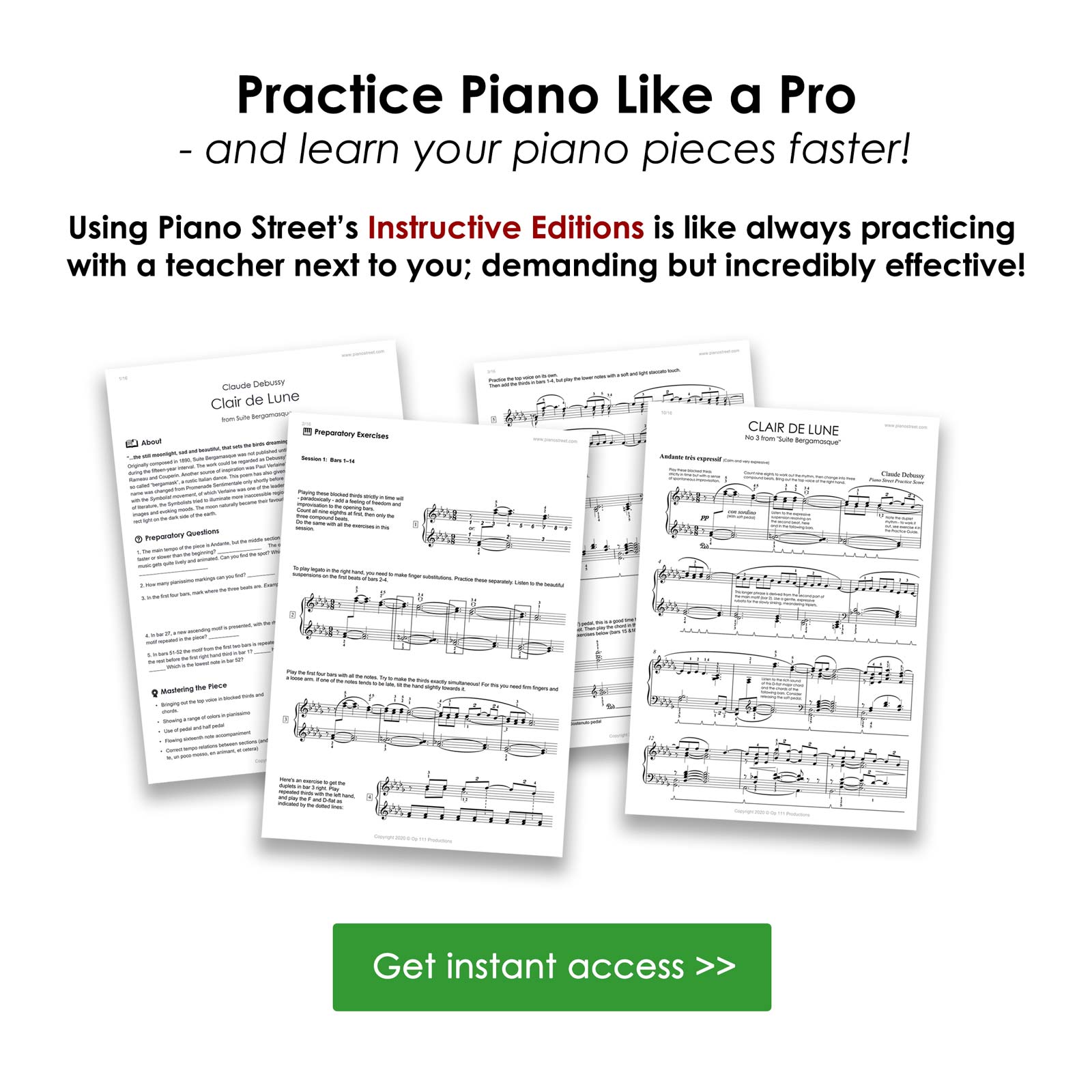Piano Forum
Piano Street Magazine:
Italian Focus at Cremona Musica Piano Experience
At the end of September, the annual Cremona Musica exhibition – a significant global event – took place, offering new insights into the music industry. As a member of the Media Lounge, Piano Street is again pleased to provide a pianistic perspective on key events. Read more
Pages: [1] Go Down
Pages: [1] Go Up
For more information about this topic, click search below!
 Topic: Piano Key shape
Topic: Piano Key shape 